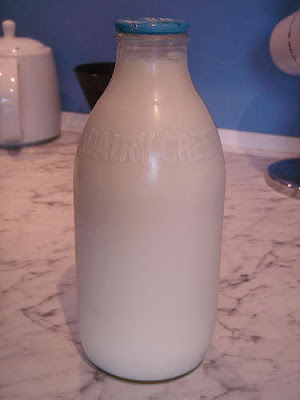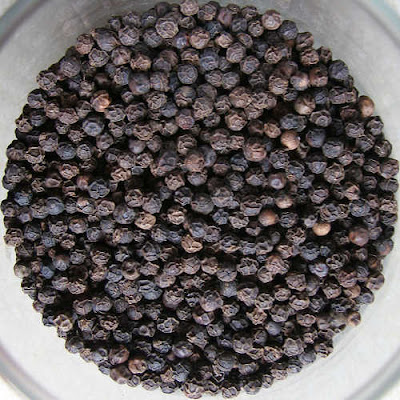 Photo from _Shward_'s Photostream
Photo from _Shward_'s PhotostreamWhen I was little, my grandma would kiss away any boo-boo, dry my tears, and make it all better. When I had a nightmare that there was a cow in my bed and I could feel it, my mother turned on the light so I could see I was safely in bed and just feeling the wall.
Fortunately, most of us had a person (and/or a place) to go to for safety and comfort, whether it was our mother, father, grandmother, school teacher, preacher, or a hidden 'clubhouse' out in the yard. It was where we felt SAFE, and certain of the fact that no harm could come to us.
When I broke my arm at age 4, the doctor fixed it, Granddaddy drew funny pictures on the cast, and Grandma made hot chocolate for me. When I had my tonsils out at age 11, my father brought comic books to the hospital, telling me not to tell my step-mother because comics were not allowed in our house. My step-mother also brought me comics (with the same admonition!).
When I got ganged-up on at a new school (there were 16 before high school... I got moved around a lot), teachers would break up the fights and promise offenders to put them in detention and tell their parents. When I began dating, boyfriends became protectors (and would come cut the grass on Saturdays!).
As a young adult, I held no fear because the policemen were our protectors out on the streets, and the government protected us from nuclear war. By the time my generation began experimenting with drugs in the early 1960's, I had a pretty good grip on what I had been taught as 'right and wrong'. Although not part of the counterculture, I understood the Hippies and the 'Nam protests, and was outraged at the Kent State Massacre.
I suppose that was my first glimpse of reality, but it soon merged into the background and 'life' went back to 'seeming normal'.
Fast forward 50 years...
Where is that SAFE place these days? Whom is there to trust? Everywhere in the news: politicians are without morality, bankers and stock brokers are thieves, men murder their wives and beat/molest their children, sexual fantasy makes billions of dollars, governments are bought, food is adulterated for profit, cops facilitate illegal drug trade, priests/preachers are sex offenders, only outlaws have guns, children worldwide are stolen and sold into sexual slavery... you get the ugly picture.
With all the insanity happening in our world today, the only safe place to be found is in the caring and love of those close to us, family and/or friends. We all need someone to hold us close in the darkness, if only for a moment... and even if it is just the night-duty aide in a nursing home brushing our hand briefly. We all need someone to Kiss It... and Make It All Better.

































